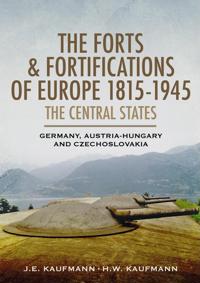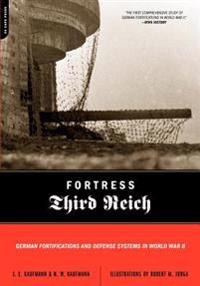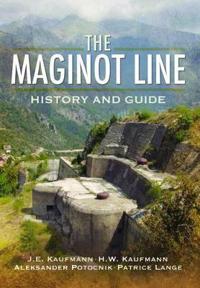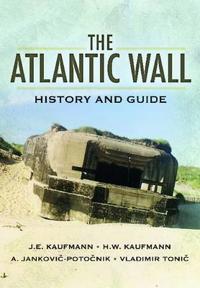The Forts and Fortifications of Europe, 1815-1945 (Inbunden)
avJ. E. Kaufmann, H. W. Kaufmann, J. E. Kaufmann
ISBN: 9781848848061 - UTGIVEN: 2014-10After the Napoleonic Wars the borders of Central Europe were redrawn and relative peace endured across the region, but the volatile politics of the late nineteenth century generated an atmosphere of fear and distrust, and it gave rise to a new era of fortress building, and this is the subject of thi[...]
Fortress Third Reich (Häftad)
avJ. E. Kaufmann, H. W. Kaufmann
ISBN: 9780306815515 - UTGIVEN: 200706This is the first comprehensive study of German fortifications in World War II. The Atlantic Wall is perhaps the most famous of Germany's World War II - era fortification lines in Europe, but Hitler built many others, from elaborate coastal defences along the English Channel to the nearly impervious[...]
The Maginot Line (Inbunden)
avJ. E. Kaufmann, H. W. Kaufmann, Aleksander Jankovic-Potocnik
ISBN: 9781848840683 - UTGIVEN: 201103The Maginot Line, the complex system of strongpoints constructed between the world wars by the French to protect against attack from Germany, is one of the most famous, extensive and controversial defensive schemes in all military history. It stretched from Belgium to Switzerland, and from Switzerla[...]
The Atlantic Wall (Inbunden)
avJ. E. Kaufmann, H. W. Kaufmann, A. Jankovie-Potoenik
ISBN: 9781848843875 - UTGIVEN: 201209Hitler's Atlantic Wall, the complex system of coastal fortifications that stretched from Norway to the Spanish border during the Second World War, was built to defend occupied Europe from Allied invasion. Many of its principal structures survive and can be visited today, and this book is an authorit[...]
Fortifications of the Incas (Häftad)
avH. W. Kaufmann
ISBN: 9781841769394 - UTGIVEN: 200607The layout of the majority of Peruvian towns and settlements, including the capital Cuzco, evolved form the ubiquitous fortified family compound called the cancha, contributing to the Incan infrastructure. This book explores the development and practice of Incan fortifications and examines how they [...]







